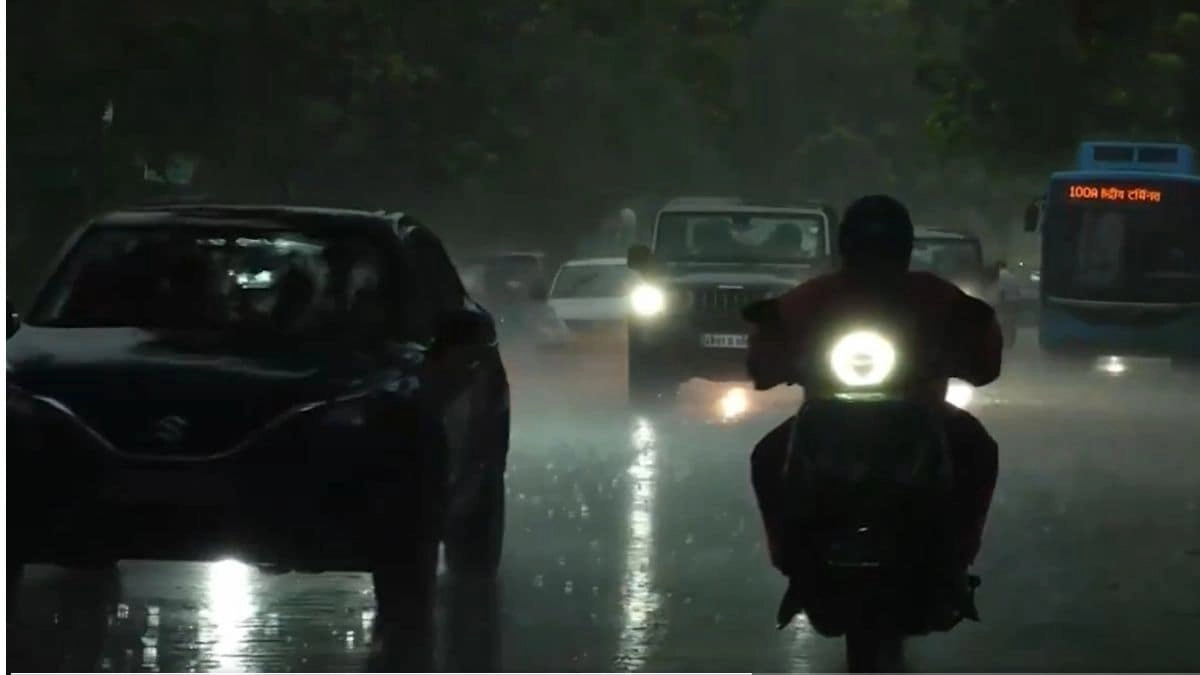Delhi and Noida recently experienced a significant weather event characterized by heavy rain and thunderstorms, which has disrupted daily life in the region. The sudden onset of this severe weather prompted local authorities to issue advisories, urging residents to exercise caution. The rainfall, accompanied by strong winds and thunder, led to concerns regarding potential flooding and other related hazards. In response to the adverse conditions, various airlines operating in and out of the area took proactive measures by issuing travel advisories. These advisories were aimed at informing passengers about possible delays and cancellations, ensuring that travelers were aware of the impact the weather could have on their plans.
The heavy rain was not just a local phenomenon; it affected a wider area, leading to traffic disruptions and challenging conditions for commuters. Roads became inundated, and visibility decreased significantly, raising safety concerns for those on the move. Moreover, the stormy weather posed risks for outdoor activities, prompting schools and businesses to reconsider their schedules. The authorities monitored the situation closely, deploying emergency services where necessary to assist those affected by the weather. Such vigilant measures are crucial in minimizing risks and ensuring public safety during extreme weather events.
As the storms continued, residents were advised to stay indoors whenever possible and to remain updated through official channels regarding weather warnings and safety tips. The situation highlighted the importance of preparedness in the face of unpredictable weather patterns, which have become more frequent in recent years. Community resilience is often tested during such events, and the response from local agencies, airlines, and citizens reflects the collective effort to navigate the challenges posed by nature. As the rain subsides, the focus will shift to recovery and assessment of the damage, reinforcing the need for effective infrastructure and emergency response systems to better handle future weather-related incidents.




